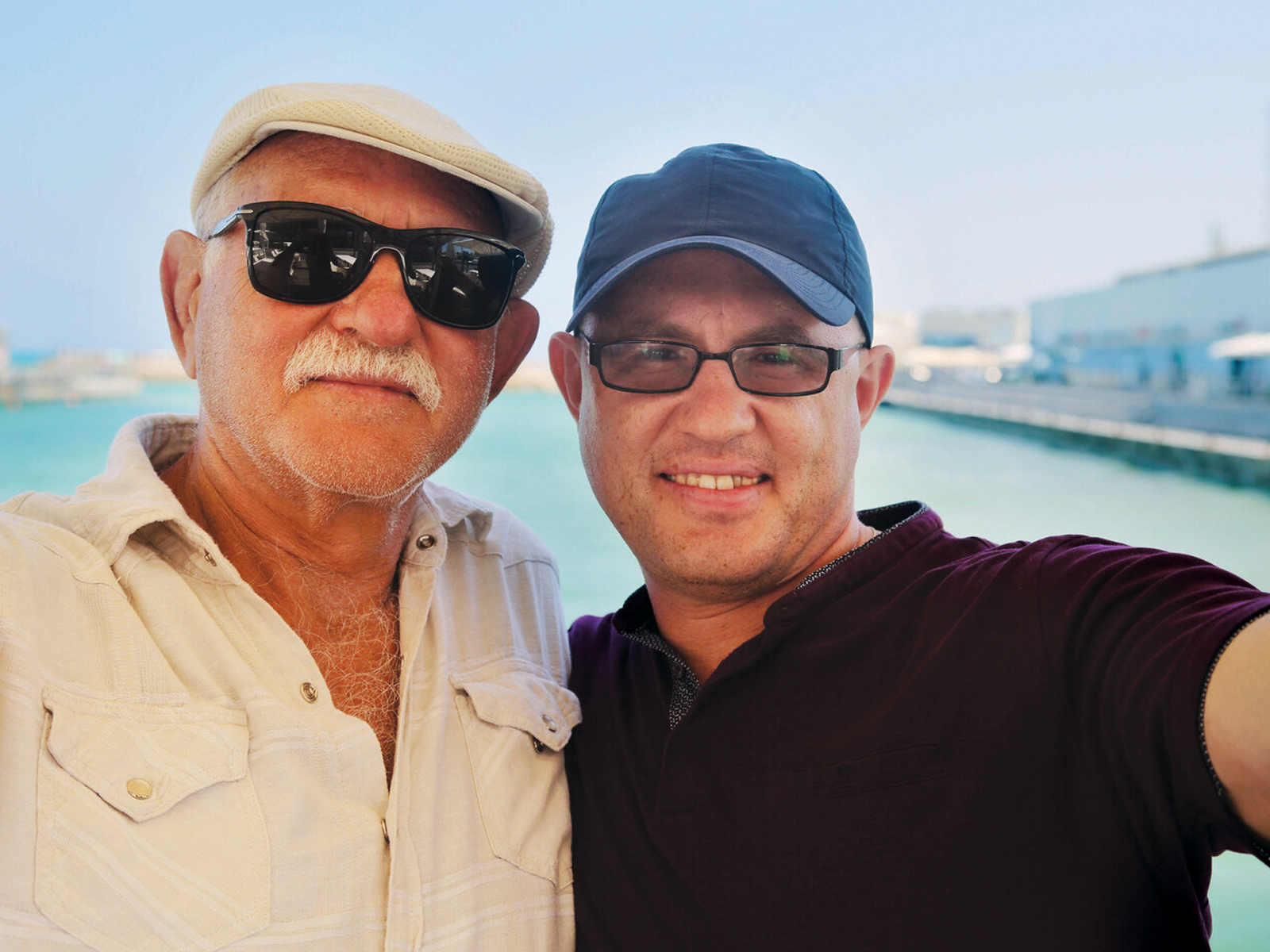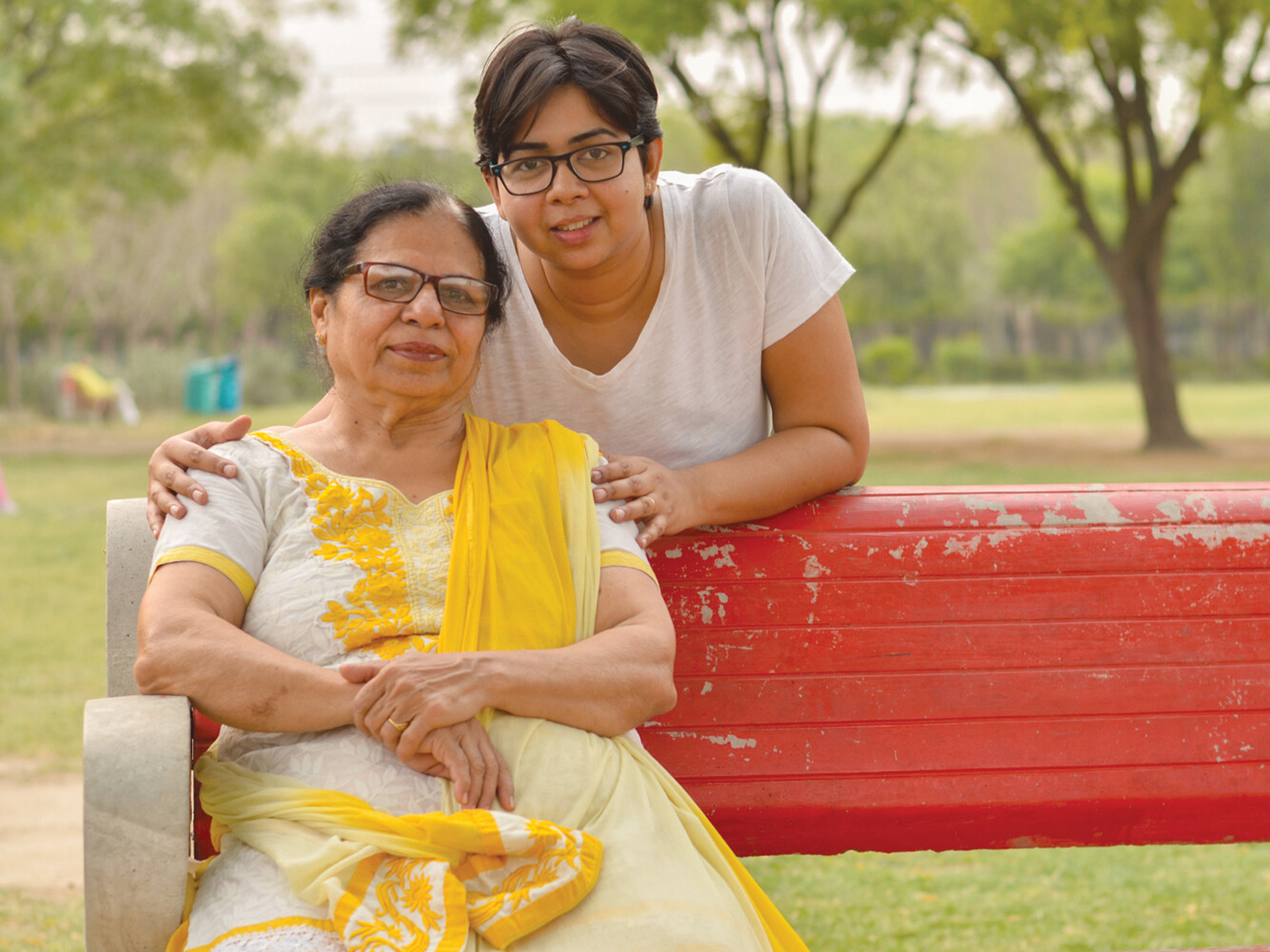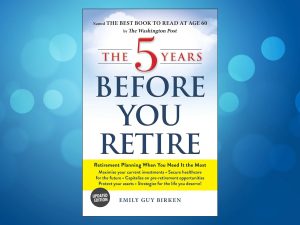A look at eco-friendly habits
Caregivers not only have the opportunity to make a difference when they care for others, they can also help take care of our planet too.
With an interest in preserving the environment, many of today’s family caregivers are incorporating eco-friendly habits into their daily routines. Join us as we meet three of these caregivers who have developed eco-conscious mindsets.

Meet Shawn and his father Michael
Michael is diabetic and a stroke survivor whose ability to live on his own without risk has been compromised. After the stroke two years ago, Shawn, his only son, became his caregiver.
After he moved back home, Shawn initially focused on day-to-day care, helping his dad learn how to use the walker and making changes in the home to keep his dad safe. However, recently he’s decided to embrace technology to provide his Dad with an even better level of support and care. Here are a few examples of what Shawn has built into their lives.
A Personal Emergency Response System (PERS). This system offers a wearable sensor that, with the push of a button, can put a person in direct contact with a central monitoring station who will call for help when necessary. Help will be called if Michael falls or is in one place for too long, if the temperature inside the house drops, and if there is smoke or fire in the home. Shawn also has a security alarm, door lock systems and surveillance cameras installed in and around the house.
In addition, Michael has opted for virtual doctor appointments from home (saving significant time, effort, energy and gas). Michael’s blood glucose levels can even be monitored remotely by his family doctor and clinic. Shawn has also computerised and centralised Michael’s health records, insurance claims, appointments and contacts into one system on his phone and laptop. Furthermore, they’ve started using medication reminders with an electronic sensor to remember to take their medications and insulin.
Shawn is diabetic as well and opted for the supermarket pharmacy to automatically renew and deliver their prescriptions at the same time as their grocery order. Centralising all deliveries and returns of unused medications (which they had previously just flushed) has saved them time and resources.
Since Shawn became his dad’s caregiver and took an interest in being more eco-friendly, he has:
• Driven less by using virtual appointments and delivery services
• Consciously started to reduce the amount of paper in the home
• Begun to properly recycle using the blue, green and black bins
• Arranged to pay bills online
• Refuses junk mail
• Begun to read books, news and magazines with his dad on his tablet
• Signed his dad up for virtual church and stroke survivor support groups
• Implemented a Cloud Storage System since learning that memory sticks and external drives are often difficult to recycle

Meet Sarah and her sister Evelyn
Sarah’s sister Evelyn, 52, was in a car accident 15 years ago. Never did Sarah, 58, think that she would be a caregiver to her younger sister but since her parents became more frail, she’s stepped in to care for Evelyn while her other sister helps their parents.
Luckily, the sisters live close enough that Sarah can be with her sister after work 4 evenings a week and every second weekend. She can also manage Evelyn’s household for her. To balance the week, the family has hired a team of caregivers to support Sarah.
Evelyn has always been an environmentalist, even in her younger years. So now that Sarah is managing both their households, she’s learning about ‘cleaner’ products that are healthier for Evelyn and herself.
Sarah’s conscious efforts to “Reduce, Reuse and Recycle” and buy organic and eco-friendly products make Evelyn happy. Both ladies switched to products with sustainably raised or grown ingredients and when possible, they have started making natural cleaners by mixing bicarbonate of soda, lemon juice and vinegar.
Together they look for inexpensive, sustainable solutions that reduce mainstream toxic chemicals and wasteful packaging. A few examples include:
• Using canvas bags for groceries
• Purchasing compostable kitchen bags and blue bags for recycling
• Opting for soy candles
• Switching to shampoo bars
• Doing laundry with biodegradable detergent strips
• Avoiding single use items by using reusable water bottles, straws, mugs and food containers
• Avoid buying single servings of chips, nuts, popcorn, beverages or yogurt by buying in bulk
• Using compostable products that are made of non-synthetic ingredients, like flushable wipes, bamboo toothbrushes, and natural hygiene products
• Visiting refill stations for detergents and large reusable jugs of water
• Re-gifting a gift that they really don’t want
• Reusing tissue paper, gift wraps, bows and bags
• Switching to loose leaf tea instead of tea bags
• Using old dish rags instead of paper towels and switching to cloth napkins instead of paper napkins
• Mending, repurposing, repairing or donating clothing
• Switching to better quality, longer lasting products.
• Hanging laundry instead of using the dryer

Meet Aadab and her mother Bhranti
Bhranti’s dementia has become worse over the last few months, forcing Aadab to return to home. Aadab has set out to not only make her Mom’s home more environmentally friendly but is making new efforts while they are out in the community. Here are a few of the things that Aadab has implemented:
• Drive an electric car, walk or bike when possible
• Buying more local produce
• Plan a spring community garage sale with friends
• Picking up litter on her walks
• Reducing food waste and garbage
At home, Aadab now plans meals, stores food more carefully, has started her own vegetable garden and composts as much food waste as possible. This is a win-win because the compost turns into natural fertilizer for her ever expanding garden. At the corner of the house, she now has a rain barrel collecting water for her garden. She knows that by growing her own food, she is making healthier choices and helping to reduce food waste, packaging, shipping, and emissions.
Saving water has become a priority at home. The duo now:
• Run the washing machine on cold
• Start their dishwasher only when full
• Have fewer baths and shorter showers
• Replaced the old shower head with an aerated shower head and have the leaky faucets fixed
• Switch to a “waterless” or “on-demand” tank to save money and energy
Ways they are also saving electricity:
• Switching to LED light bulbs
• Turning off the lights when exiting a room
• Unplugging electronics that are not in use
• Install a Wi-Fi-enabled smart thermostat
Aadab is committed to saving money and energy while at home and is mindful of the environment while out in the community. She is proud of her efforts but knows there is always more she can do to help make the world a more environmentally friendly place. Next year they plan to replace a few windows, a couple of old appliances and are considering a heat pump.
It’s a lifestyle
Being eco-friendly is a choice and finding ways to be less harmful to our environment is increasingly important for all of us. With the right mindset, coupled with a little effort and a bit more planning, everyone, including caregivers and their loved ones, can work together for a greener, more sustainable world.
Mary Bart is the chair of Caregiving Matters, an internet-based charity that offers education and support to family caregivers.
Your carbon footprint
What it is and why it is important to know about it. Being mindful of your carbon footprint and how to reduce it are the first steps to an eco-friendly life. Key contributors are:
1) Transportation: Planes and cars are the big offenders. Your yearly footprint from a regular car is an average of 2.4 tons of CO2 and one transatlantic flight adds 1.6 tons.
2) Laundry: Washing and drying your clothes over a year can add 0.46 tons of CO2 to the atmosphere, 0.21 tons from drying your clothes and 0.25 tons from heating the washing machine water.
3) Food: Meat adds 0.8 tons annually to your carbon footprint. Beef, for example, has a larger carbon footprint than chickens because of the large amounts of water, feed and land they need.
4) Air conditioning and heating: How you heat and cool your home have direct impacts on your carbon footprint. Natural gas produces 464 grams of CO2 per kilowatt of power, solar is about 48 grams of CO2, wind is approximately 11 grams and the worst by far is coal power, which produces about 870 Grams of CO2 per kilowatt of power.
In order to know what your carbon footprint is, there are many free online calculators that can help you understand what impacts your lifestyle is having on the environment. This is a starting point to see how you can reduce your carbon footprint and live a more eco-friendly life.













